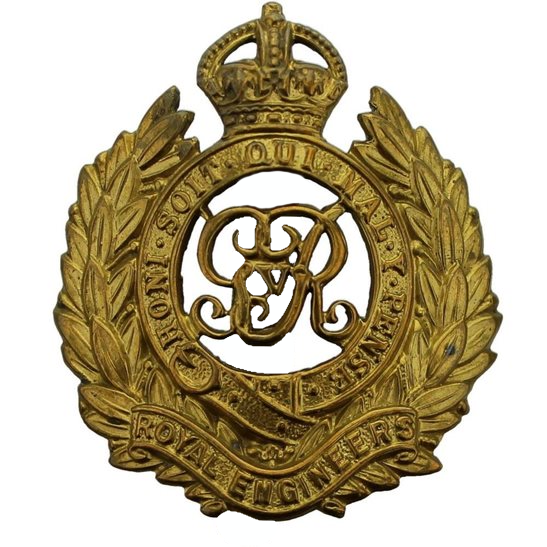Personal Details
Born: Born in Newton by Chester on 16 September 1893.
Family: The second son of William and Margaret Welch of 12 Chemistry Road, Whitchurch, Shropshire. On the 10 April 1915 he married Margaret Ann Jones and was father to Cecil, Violet, Gordon, Edward, Joan, Reginald, Mary, Barbara, and Beryl. He was brother to William Gordon Welch, Royal Engineers, who died of illness on 6 April 1917 and is commemorated on the Whitchurch Town memorial.
Civilian Occupation: He followed his father and elder brother and worked for the GPO.
Residence: He was living at 38 Wrexham Road, Whitchurch, Shropshire when he enlisted; the 1939 Register records the family living at 22 Sandileigh, Hoole, Cheshire.
Died: On the 31 May 1966 aged 72.
Military Details
Regiment: Royal Engineers
Rank: Pioneer
Service Number: 161466
Date of Enlistment: 8 December 1915
Date of Discharge: 8 October 1919
Reason for Discharge: Demobilisation
John was awarded the Campaign Medals (British War Medal, and Victory Medal).

The British War Medal (also known as 'Squeak') was a silver or bronze medal awarded to officers and men of the British and Imperial Forces who either entered a theatre of war or entered service overseas between 5th August 1914 and 11th November 1918 inclusive. This was later extended to services in Russia, Siberia and some other areas in 1919 and 1920. Approximately 6.5 million British War Medals were issued. Approximately 6.4 million of these were the silver versions of this medal. Around 110,000 of a bronze version were issued mainly to Chinese, Maltese and Indian Labour Corps. The front (obv or obverse) of the medal depicts the head of George V. The recipient's service number, rank, name and unit was impressed on the rim.
The Allied Victory Medal (also known as 'Wilfred') was issued by each of the allies. It was decided that each of the allies should each issue their own bronze victory medal with a similar design, similar equivalent wording and identical ribbon. The British medal was designed by W. McMillan. The front depicts a winged classical figure representing victory. Approximately 5.7 million victory medals were issued. Interestingly, eligibility for this medal was more restrictive and not everyone who received the British War Medal ('Squeak') also received the Victory Medal ('Wilfred'). However, in general, all recipients of 'Wilfred' also received 'Squeak' and all recipients of The 1914 Star or The 1914/1915 Star (also known as 'Pip') also received both 'Squeak' and 'Wilfred'. The recipient's service number, rank, name and unit was impressed on the rim.

